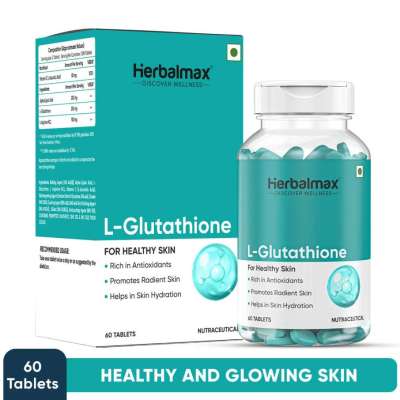RO Water Membrane: Your Key to Pure and Healthy Drinking Water
Description:
Learn all about RO water membranes, how they work, types, price range, lifespan, and expert maintenance tips to keep your water pure and safe.
Introduction: Why RO Water Membranes Matter
In today’s world, clean water is a basic necessity—but not always a given. Whether you’re a homeowner, a water purification technician, or someone curious about filtration systems, understanding how the RO water membrane works is vital. This unsung hero is the heart of every reverse osmosis system, responsible for filtering out harmful impurities, salts, and even bacteria from your drinking water.
What is an RO Water Membrane and How Does It Work?
The RO water membrane is a semi-permeable layer that allows only water molecules to pass through while blocking contaminants like heavy metals, salts, and microorganisms.
🔍 How It Works:
Water is pressurized and pushed through the membrane.
Contaminants are separated and flushed out as waste.
Purified water is stored for use.
This process is called reverse osmosis—a reliable, chemical-free filtration method used in homes, industries, and even space missions.
Benefits of Using an RO Water Membrane
Removes up to 99% of TDS (Total Dissolved Solids)
Blocks pathogens like bacteria and viruses
Improves taste and odor
Protects your appliances from scale and sediment
Environmentally friendly compared to bottled water
Different Types of RO Membranes
Choosing the right membrane is crucial. Here are the main types:
1. TFC (Thin Film Composite) Membranes
Most common
High rejection rates for salts and metals
Not suitable with chlorine unless pre-filtered
2. CTA (Cellulose Triacetate) Membranes
Tolerant to chlorine
Slightly lower contaminant rejection
Ideal for municipal water with chlorine treatment
3. Low-Pressure RO Membranes
Operate at lower pressure
Energy-efficient
Best for residential use
4. High Rejection RO Membranes
Used in areas with very high TDS
Ideal for industrial and borewell water
(🔗https://pearlwater.in/membrane)
Factors to Consider When Choosing an RO Water Membrane
Source Water Quality (TDS Levels)
Water Pressure at Home
Membrane Compatibility
Filter Housing Size
RO membrane price and brand reliability
Pro Tip: Always check the TDS rating and flow rate compatibility when upgrading or replacing your RO membrane.
RO Membrane Lifespan and Maintenance Tips
⏳ How Long Does an RO Water Membrane Last?
On average, a good RO water membrane lasts between 18 to 24 months, depending on water quality and usage.
🧼 Maintenance Tips:
Pre-filter your water to remove chlorine and sediments.
Clean the membrane every 6–12 months using membrane-cleaning chemicals.
Avoid dry storage—always keep the membrane moist.
Monitor TDS output regularly to check performance.
Common Problems and Troubleshooting
Problem Cause Solution
Low water flow Clogged membrane Replace or clean the membrane
High TDS in output Membrane failure or bypass leak Replace membrane
Bad taste Biofilm buildup Sanitize system, replace filters
The Cost of RO Water Membranes in India
The RO membrane price in India ranges from ₹500 to ₹2,500, depending on:
Type (TFC, CTA, etc.)
Brand
Flow rate (GPD – gallons per day)
TDS rejection capacity
Pro tip: Investing in a branded membrane might cost more upfront but offers longer life and higher efficiency.
(🔗https://pearlwater.in/membrane)
Conclusion: Choose Wisely for Cleaner Water
The RO water membrane is not just another filter—it's your frontline defense against impurities that could harm your health. Whether you're replacing an old membrane or setting up a new purification system, making an informed choice can save you time, money, and hassle in the long run.
💧 Need Help Finding the Right RO Membrane?
Let the experts at Pearl Water Technologies guide you. From choosing the best reverse osmosis membrane to setting up a full purification system, we’ve got you covered.
Call to Action
👉 Got questions about RO membrane working or need a suggestion for your water source? Drop a comment, share this guide, or contact our water experts for personalized advice.
Beğen
Yorum Yap
Paylaş





